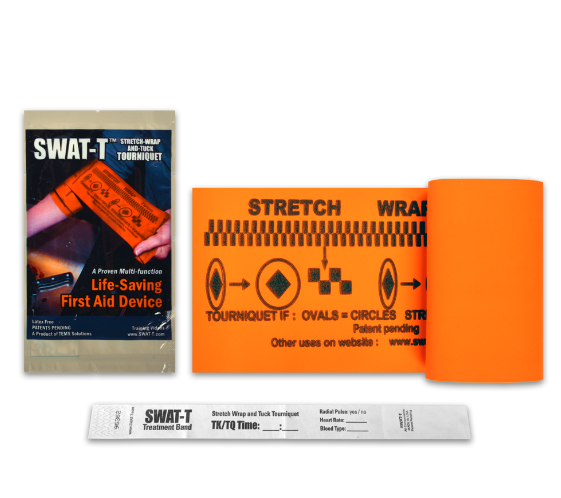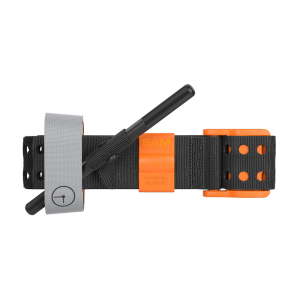How Does a Tourniquet Work
A tourniquet is a medical device designed to stop or restrict blood flow from an artery by applying pressure around a limb, such as an arm or a leg. Tourniquets are commonly used in emergency situations, particularly in cases of severe bleeding, to quickly reduce blood loss and prevent more serious injuries.
Here are the basic principles of how a tourniquet works:
Application of Pressure:
- When a tourniquet is applied, it creates pressure around the limb.
- The pressure is intended to compress the artery, thereby reducing or stopping blood flow.
Locating the Artery:
- Before using a tourniquet, it is crucial to accurately locate the artery to maximize its effectiveness.
- The tourniquet should be placed above the wound or injured area on the limb, between the wound and the heart.
Tightening the Tourniquet:
- The tourniquet is tightened to create enough pressure to effectively stop blood flow.
- However, too much pressure can cause damage to tissues, so it is essential to tighten the tourniquet enough to stop blood flow but not so much that it causes additional harm.
Control and Monitoring:
- After applying the tourniquet, it is important to monitor the patient's condition and be aware that a tourniquet is not a permanent solution.
- Noting the time when the tourniquet was applied is necessary, and this information should be reported to healthcare professionals.
Relief and Professional Care:
- A tourniquet should only be used as a temporary measure to stop blood flow and limit blood loss.
- Seeking professional medical care as soon as possible is necessary.
Tourniquets can be crucial life-saving tools in emergency situations, but their use requires caution. Since the tourniquet restricts blood flow, it can cause tissue damage and other complications if used incorrectly or for an extended period. Proper training in the correct use of tourniquets is essential for first aid and disaster response. It is also important to inform medical personnel about the use of a tourniquet so that they can take appropriate actions when the patient receives professional care.









